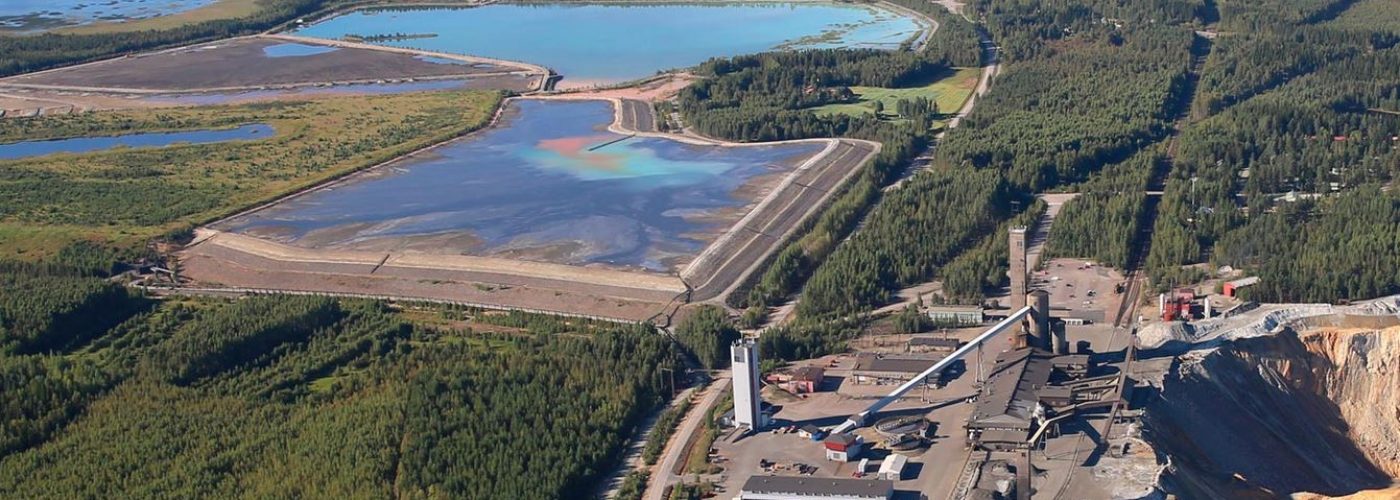Re-using the deepest base metal mine in Europe enhances Finnish renewable energy storage and climate strategies. According to a feasibility study report made by Pöyry Energy GmbH this unique project can now be realized.
Energy Storage in Mine project financed by the Northern Ostrobothnia Centre for Economic Development, Transport and the Environment (ELY Centers) shows that the underground energy storage plant can be put into practice after the mine closure in late 2019. The concept which is based on pumped hydroelectric energy, closed water circulation and existing mine infrastructure in the 1400 meters depth of the Pyhäsalmi Mine, have “no impact” on the environment. In pumping mode, electric energy is converted to potential energy and stored in the form of water at an upper elevation. Pumping the water uphill for temporary storage “recharges the battery”. Pyhäjärvi energy storage explained in a video here.
The estimated construction time of the plant will be 3 years and its operational lifetime more than 50 years. Based on the economic analysis and market modelling of Pöyry Energy GmbH, 75 MW electrical power and 530 MWh capacity would be the most profitable. Installed capacity from 50 MW to 400 MW has been studied.
Pyhäjärvi’s future is Storage – a large, mature, and profitable utility-scale technology
Pyhäjärvi’s “water battery” is based on mature technology used in more than 96 % of world’s energy storages. In addition to its long operational lifetime, generous size of the energy storage (7 h), high volume of the water reservoir (162 000 m3) and great effectiveness (77 %), it has minimal operating costs with limited maintenance and replacement investments.
Distribution of potential income streams from total multimarket trading potential could be 9,5M€/year for 75 MW installation according to the study by VTT Technical Research Centre of Finland.
Finland is planning to become the first country in the world phasing out use of coal for energy by 2025
Finland will begin exploring the possibility of phasing out the use of coal in energy production five years ahead of schedule, by 2025, reveals Kimmo Tiilikainen (Centre), the Minister of the Environment, Energy and Housing. Finland’s coal use, he adds, currently falls in its entirety within the scope of the emissions trading scheme of the EU. Because most low-carbon electricity resources cannot flexibly adjust their output to match fluctuating power demands, there is an increasing need for electricity storages in Finland.
Pumped storage enables more wind and solar
Pyhäjärvi’s plant has the advantage of being able to positively impact all three elements of the energy trilemma: reliability, affordability and emissions reduction. Other technologies such as batteries can meet some but not all aspects. Pumped storage hydropower enables greater integration of other renewables especially wind and solar into the grid by utilizing excess generation, and being ready to produce power during low wind and solar generation periods. It also has the ability to quickly ramp electricity generation up in response to periods of peak demand.
Inquiries:
Mr Sakari Nokela
Program director, Callio
Mobile: +358 40 1809 511
Email: sakari.nokela(at)pyhajarvi.fi





